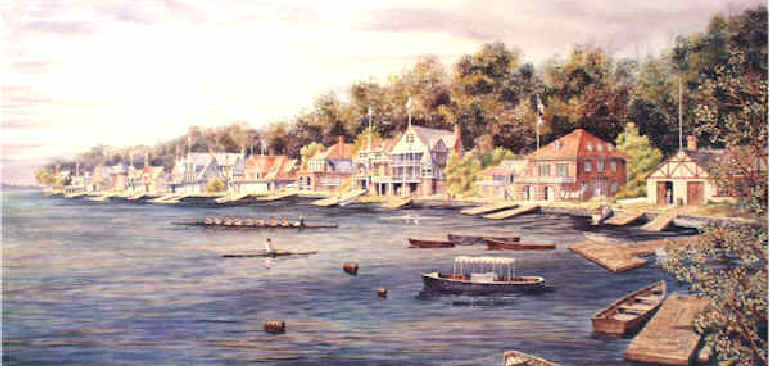Civil War Misconceptions

 These two recent books have provided a very illuminating view of the history of Connecticut during the US Civil War period. With the arrival of the sesquicentennial of the Civil War this year, it appears many historians are trying to take a fresh look at the Civil War from a more objective view point. Both books are revealing for anyone that has grown up north of the Mason Dixon line and was taught that the north were the good guys and uniformly anti-slavery. And, similarly the south were the bad guys who created and perpetuated slavery. After reading these books you’ll never have these simplistic views again.
These two recent books have provided a very illuminating view of the history of Connecticut during the US Civil War period. With the arrival of the sesquicentennial of the Civil War this year, it appears many historians are trying to take a fresh look at the Civil War from a more objective view point. Both books are revealing for anyone that has grown up north of the Mason Dixon line and was taught that the north were the good guys and uniformly anti-slavery. And, similarly the south were the bad guys who created and perpetuated slavery. After reading these books you’ll never have these simplistic views again.
In Complicity, the authors, all journalists with the Hartford Courant newspaper, take the premise that the industrial north, particularly Connecticut were aiders and abettors of slavery. In fact slavery has a long history in New England starting with the Puritans. In 1627, Henry Winthrop, son of the Pilgrim founding father, landed in Barbados to found a sugar empire that imported over 19.000 slaves between 1640 and 1650 alone. During the King Philip’s war, the Massachusetts colony sent whole families of “unruly” native Americans into slavery in central and south America.
Several New England ships captains were directly involved in the slave trade transporting the human cargo between west Africa and the Americas.
However, the main basis of northern complicity is based on economics of raw materials such as cotton and ivory. The southern slave states produced nearly 60% of the worlds cotton. In th early 19th century, cotton made up 40% of all New York city exports. And while much of the cotton was exported to England and France; southern cotton was the life build of the mills of the industrial north. The economic influence can easily be seen by the efforts of wealthy northern businessman to advert war at almost any cost.
One surprising element of Connecticut’s history was the ivory industry. Connecticut factories were the US center for the processing of ivory for piano keys and billiard balls. Ivory was harvested in east Africa by killing herds of elephants and then transported by slaves to the African coast. Once at he coast the ivory was loaded on ships and the slaves (the ones that survived) were also sold.
The second book, Connecticut in the American Civil War, picks up in 1860 with efforts to avert war. One introductory chapter summarizes the early history of race, slavery and politics up to 1860. What makes this book particularly interesting is that the author, Matthew Warshauer focuses not on the battles of various Connecticut regiments but rather on the political battles and home front of the war. Warshauer is particularly effective in exploding popular misconceptions about the Civil War. For example, one misconception that the war had broad popular support in Connecticut. While support (and opposition) was vocal, in the elections of 1864 the pro-war (Republicans) won by only 2,405 votes of 90,000 cast. Another popular misconception today equates emancipation of slaves and the abolish of slavery. Warshauer makes it very clear in the historical record that Connecticut (and the north) went to war to preserve the union (aka allow slavery were it existed). Lincoln’s emancipation proclamation was a war measure intended to deprive the south of economic resources and thus ending the war sooner. Lincoln had no constitutional right to free southern slaves and was criticized in the some of the strongest and racially charge writings of the times.
In summary, both books are well written and provide illuminating views that clarify and dispels popular misconception of history.

Powered by ScribeFire.
Posted: July 11th, 2011 under Books.


